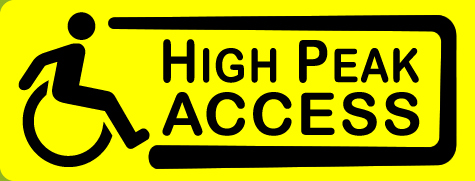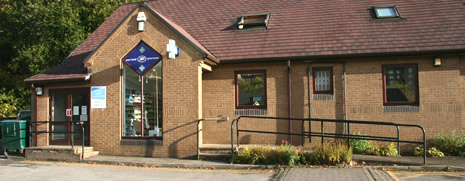What is Accessibility?
It could be argued that Accessibility means usability, in other words, if a building is usable it is accessible – for all people to use. However, this definition is rather simplified as accessibility is not a one-size fits all. Disabled people have a wide range of impairments, and thus different people have different needs, and not every solution works for every person, it is about removing barriers so that disabled people can fulfil their potential, and play a full part in society.
Unfortunately, access to services, for example, access to: the Built Environment; to Goods and Services; to Information; to Transport; to Communication; to Education; to Employment; to the Countryside; to Environment; to Media, to Communication, have been designed to accommodate the average able-bodied person, therefore, disabled people often face difficulties trying to access their essential services.
There is no doubt that there have been improvements in access due to changes in legislation – nevertheless, there is still a long way to go. Huge barriers to access still exist – for example, disabled people are still viewed with a negative attitude; a positive attitude is everyone’s responsibility and should mirror how we are perceived by our communities.
Therefore, as an Access Group, High Peak Access exists to help improve access to services and facilities within the High Peak. We will acknowledge individual needs – and our achievements will come from striving to meet the needs of disabled people.
The reputation of High Peak Access will be based on integrity, dignity and respect, with a willingness to listen when problems occur for disabled people.
Our achievements will come from our striving (campaigning) to create a fair society by improving accessibility by offering:
- advice and guidance
- access audits
- offering advice to both private and statutory organisations that provide services.
You can see examples of the kinds of projects and campaigns that we have been involved with on this High Peak Access website.





